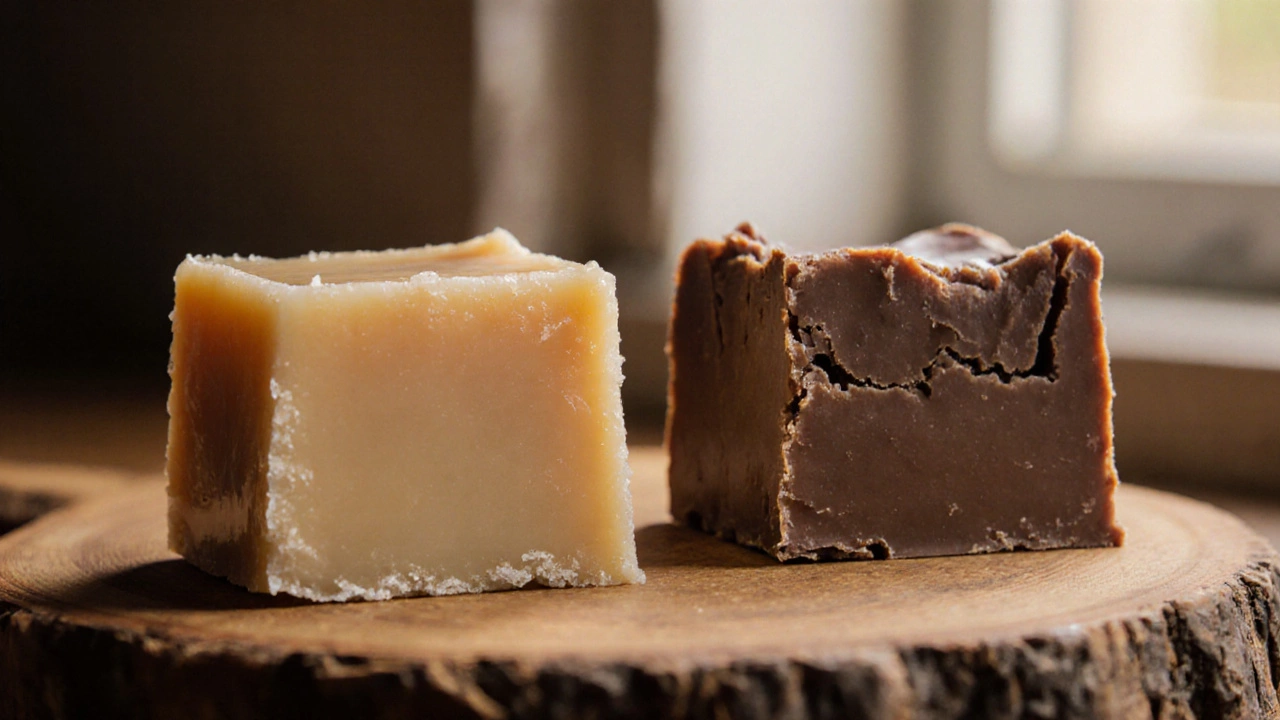
Fudge Temperature Checker
Check Your Fudge Temperature
Enter the temperature you measured during cooking to see if it's perfect for ideal fudge texture.
When you bite into a piece of fudge is a dense, buttery confection that should melt in your mouth, not feel like a rubber band. If you’re wondering why your fudge turned out chewy, you’re not alone - a tiny shift in temperature, ingredient ratio, or technique can change the whole texture.
What Makes Fudge Soft or Firm?
Fudge’s structure comes from sugar crystals forming in a milk‑fat matrix. The size of those crystals determines whether the final product is silky, creamy, or rubbery. Small, uniform crystals give you that classic melt‑in‑your‑mouth feel; larger crystals create a grainy, sometimes chewy bite.
Three main forces drive crystal formation:
- Temperature - how hot the mixture gets during cooking.
- Stirring - when and how vigorously you beat the cooled mixture.
- Moisture - ambient humidity and the water content of your ingredients.
Top Reasons Your Fudge Became Chewy
Below are the most frequent culprits, each explained with the science behind it.
- Undercooking the syrup. If the mixture never reaches the firm‑ball stage (around 240°F / 115°C), the sugar stays in a supersaturated solution that later forms larger crystals, resulting in chewiness.
- Overcooking. Going past the firm‑ball stage pushes the mixture into the soft‑ball or hard‑ball range, drying it out and making it tough to chew.
- Insufficient stirring after cooling. Skipping the beat‑until‑thick stage lets crystals grow unchecked, creating a rubbery texture.
- Using the wrong type of sugar. Granulated white sugar works best; substituting brown sugar or honey adds extra moisture, which can prevent proper crystal formation.
- High humidity. On humid days, extra water vapor gets absorbed, keeping the fudge softer and occasionally chewy.
- Incorrect pan size. A pan that’s too large spreads the mixture thin, cooling it too quickly and limiting the time needed for proper crystal development.
- Missing stabilizers. Ingredients like corn syrup or cream of tartar inhibit crystallization; omitting them can cause the sugar to crystallize too fast, producing a gritty, chewy bite.
How to Prevent Chewy Fudge - Step‑by‑Step Guide
Follow this checklist the next time you whip up a batch.
- Measure ingredients precisely. Use a digital scale for butter, chocolate, and sugar.
- Combine chocolate (or cocoa), high‑quality dark or semi‑sweet chocolate, finely chopped, sugar, butter, and a splash of corn syrup (optional but recommended for smooth texture).
- Heat the mixture over medium heat, stirring constantly, until it reaches a rolling boil.
- Attach a reliable candy thermometer and watch the temperature. When it hits 240°F (115°C), remove the pan from heat immediately.
- Allow the syrup to cool without stirring until it reaches about 110°F (43°C). This cooling window is crucial for crystal size control.
- Beat the mixture with a wooden spoon or electric mixer until it thickens and loses its glossy sheen - usually 3‑5 minutes.
- Pour into a pre‑greased pan of the correct size (typically a 9×9‑inch square for a standard recipe). Let it set at room temperature, not in the fridge.
- Once firm, cut into squares with a warm, dry knife.
Paying attention to temperature and stirring timing handles 80% of the texture issues.
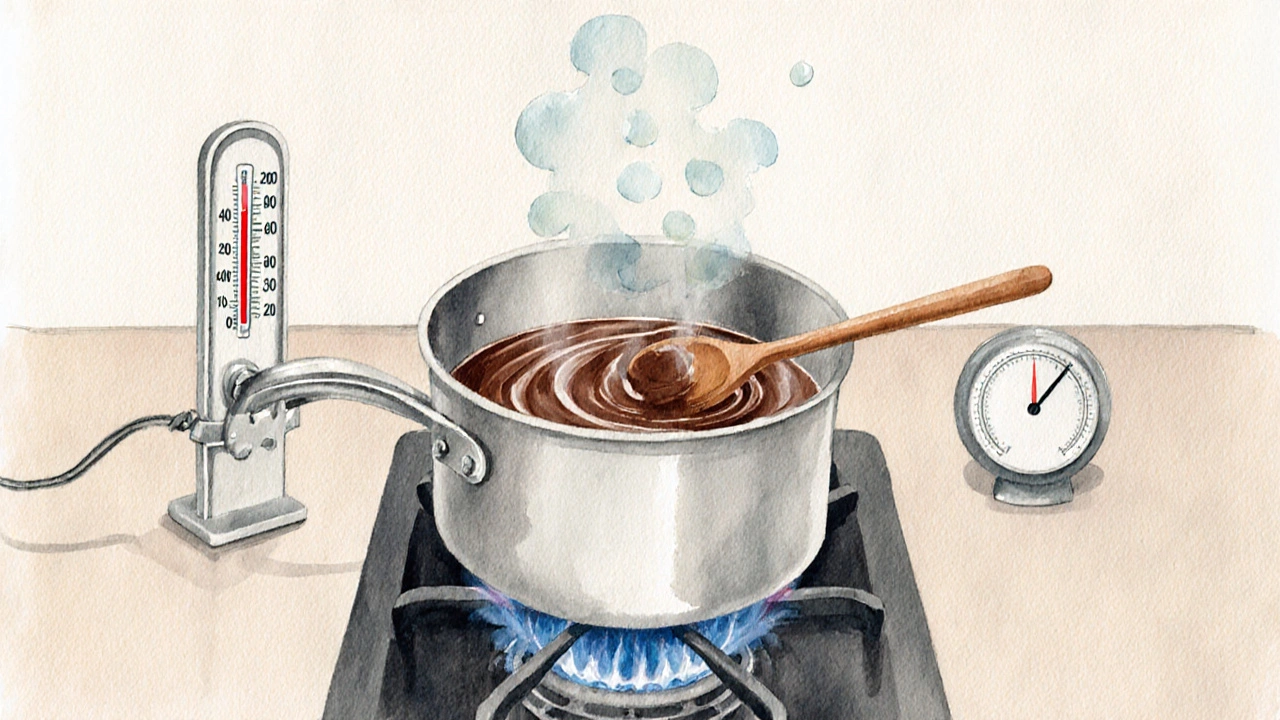
Quick Reference: Temperature & Texture Table
| Target Temperature (°F) | Target Temperature (°C) | Typical Texture |
|---|---|---|
| 235‑237 | 112‑114 | Very soft, may stay gooey |
| 238‑240 | 115‑116 | Ideal firm‑ball stage - classic fudge texture |
| 241‑244 | 116‑118 | Hard‑ball - firm, less creamy |
Common Mistakes & How to Fix Them
Even seasoned bakers slip up. Here’s what to do when you catch a problem early.
- Fudge is still too soft after cooling. Return it to a warm oven (150°F/65°C) for 5‑10 minutes, then stir briefly to break up any large crystals.
- Fudge turned out grainy and chewy. Re‑heat gently, add a teaspoon of corn syrup, and re‑beat until smooth - this re‑crystallizes the sugar.
- Humidity made the fudge sticky. Sprinkle a light dusting of powdered sugar or cocoa powder on top to absorb excess moisture.
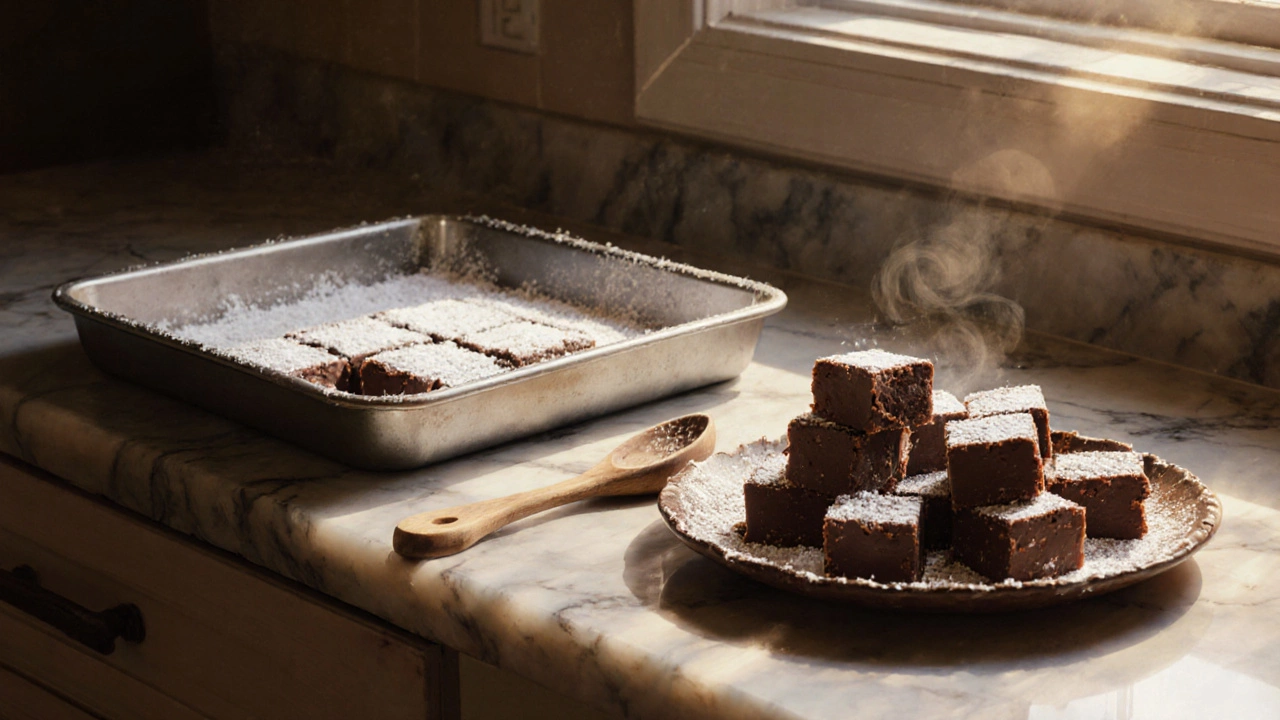
FAQ - Your Chewy Fudge Questions Answered
Can I use brown sugar instead of white sugar?
Brown sugar adds molasses, which increases moisture and can prevent the mixture from reaching the firm‑ball stage. If you must use it, reduce the overall liquid by about 10% and add a dash of cream of tartar.
Why does my fudge crack on the surface?
Cracking usually means the fudge was cooled too quickly or the pan was too cold. Let the pan come to room temperature before pouring, and avoid chilling the fudge right after setting.
Is it okay to refrigerate fudge?
Refrigeration can make fudge harder and accentuate chewiness. Store at cool room temperature in an airtight container; refrigerate only for long‑term storage, then let it warm up before serving.
How does altitude affect fudge?
Higher altitudes lower the boiling point of water, so you’ll need to increase the target temperature by about 1‑2°F (0.5‑1°C) per 1,000 feet to reach the proper stage.
Can I add nuts or fruit without ruining the texture?
Fold nuts or dried fruit into the mixture after it has thickened but before it’s poured into the pan. This prevents them from absorbing too much liquid and becoming soggy.
Bottom Line
Chewy fudge is usually a sign that one of the three pillars - temperature, stirring, or moisture - went off balance. By monitoring the candy thermometer, giving the syrup the right cooling window, and beating until the mixture loses its shine, you’ll consistently get that melt‑in‑your‑mouth texture. Next time you slice a piece, you’ll know exactly why it’s perfect-or how to rescue it before anyone notices.


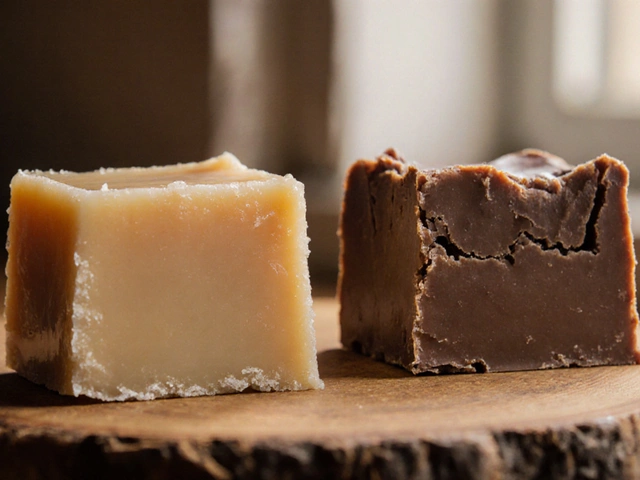
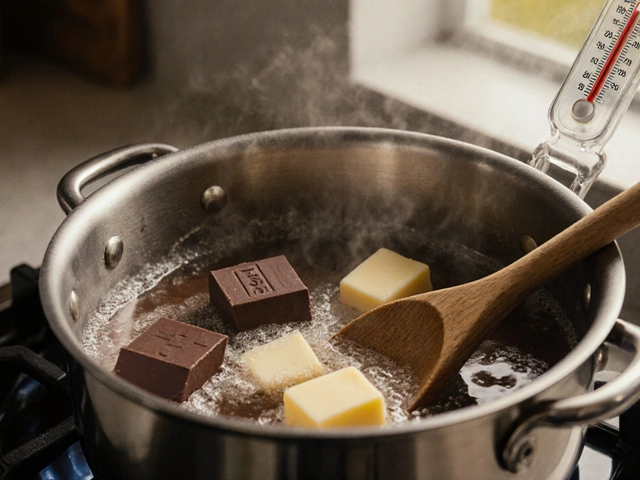
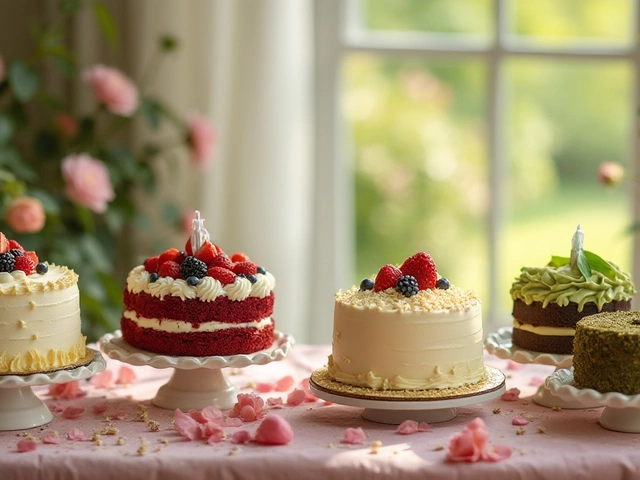

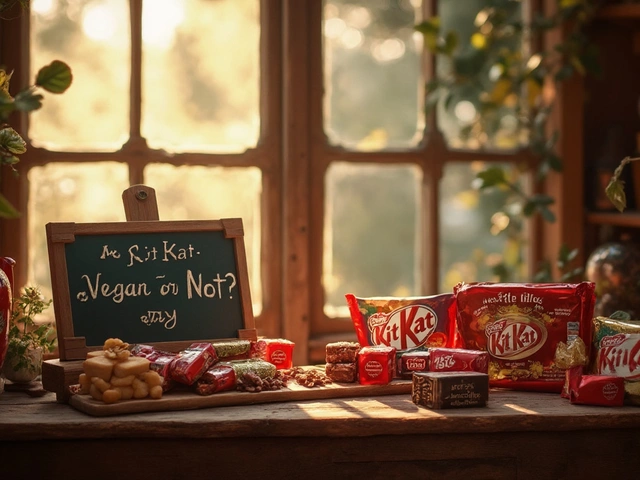
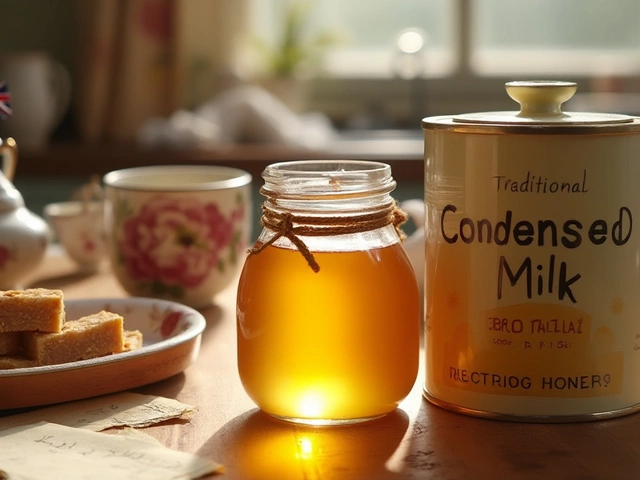
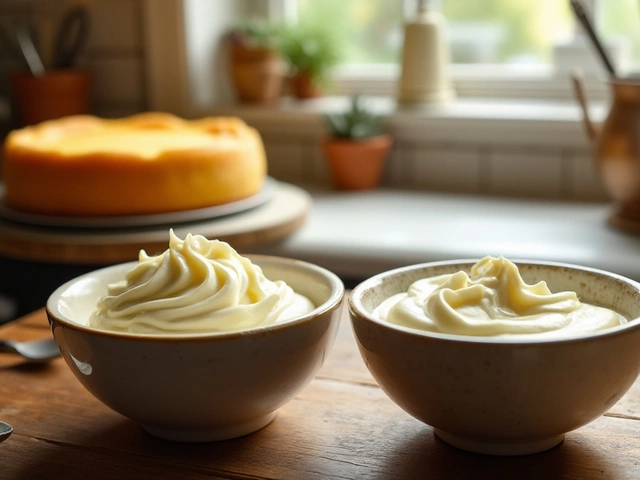
Write a comment